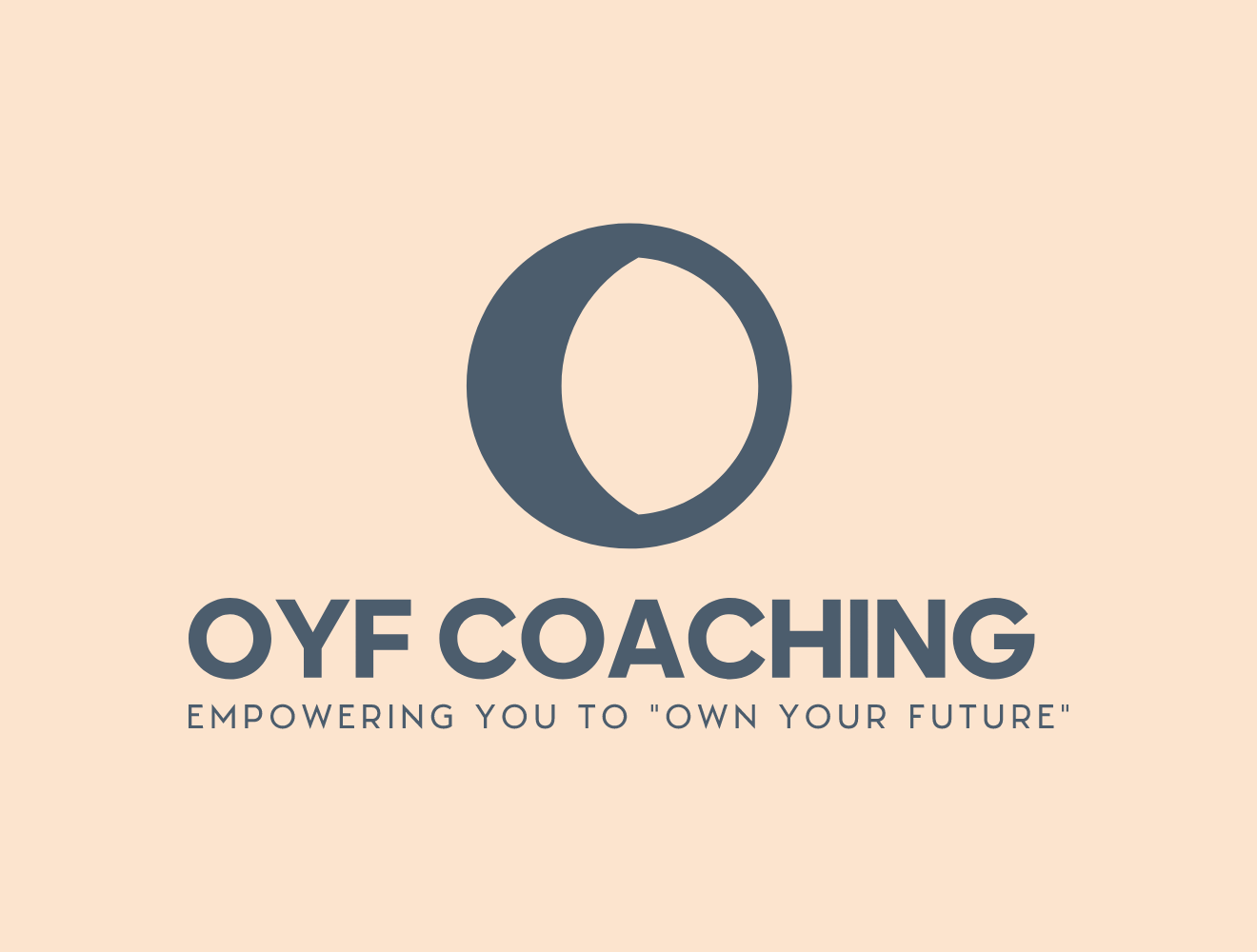Harnessing Positive and Negative Emotional Attractors for Personal Growth
In the journey of self-improvement and personal growth, understanding the dynamics of human emotions is pivotal. Emotions can act as powerful drivers of change and transformation. In the realm of coaching, two key concepts play a central role: Positive Emotional Attractor (PEA) and Negative Emotional Attractor (NEA). At OYF Coaching, we believe that embracing both PEA and NEA can lead to profound insights and lasting personal development.
The Power of Positive Emotional Attractor (PEA):
PEA represents a state of mind characterized by positive emotions such as joy, enthusiasm, and optimism. It's that feeling of being in a "flow" state, where everything seems achievable. At OYF Coaching, we leverage PEA to inspire our clients and ignite their motivation for growth. Here's how:
Setting Inspiring Goals: PEA helps individuals envision a brighter future. Our coaching approach involves helping clients set compelling, inspiring goals that resonate with their values and desires. These goals become powerful magnets, drawing them toward personal and professional success.
Cultivating Resilience: PEA fosters resilience in the face of challenges. We empower our clients to see setbacks as opportunities for learning and growth. By maintaining a positive outlook during tough times, individuals can bounce back stronger than ever.
Enhancing Creativity: Positive emotions fuel creativity and innovation. We encourage our clients to tap into their creative potential and explore new solutions to old problems. PEA opens the door to fresh perspectives and inventive thinking.
Building Strong Relationships: Positive emotions enhance interpersonal relationships. Through coaching, clients learn to connect authentically with others, fostering collaboration and teamwork in both personal and professional settings.
The Transformative Potential of Negative Emotional Attractor (NEA):
NEA, on the other hand, encompasses emotions like fear, frustration, and dissatisfaction. While these emotions might seem undesirable, they hold valuable insights. At OYF Coaching, we believe that embracing NEA can be a catalyst for profound personal transformation:
Identifying Growth Edges: NEA often arises when individuals confront their limitations. We guide our clients to recognize these emotions as signals pointing to areas where they can improve. Embracing discomfort can lead to significant personal growth.
Motivating Change: NEA can serve as a powerful motivator for change. It often propels individuals out of their comfort zones. In coaching, we help clients channel NEA into constructive action, using it as a driving force to overcome obstacles.
Increasing Self-Awareness: Negative emotions can provide valuable insights into one's beliefs and thought patterns. We encourage clients to explore the root causes of NEA, fostering self-awareness that is crucial for lasting change.
Balancing Emotions: At OYF Coaching, we teach clients emotional intelligence and self-regulation. This enables individuals to manage NEA effectively, preventing it from becoming overwhelming and hindering progress.
At OYF Coaching, we embrace both the Positive Emotional Attractor (PEA) and Negative Emotional Attractor (NEA) as integral components of personal growth and transformation. By harnessing the power of PEA, individuals can set inspiring goals, cultivate resilience, enhance creativity, and build meaningful relationships. Simultaneously, NEA acts as a catalyst for identifying growth edges, motivating change, increasing self-awareness, and achieving emotional balance.
Our coaching approach is grounded in the belief that by understanding and embracing the full spectrum of human emotions, individuals can unlock their true potential and lead fulfilling, purpose-driven lives. Emotions are not obstacles to overcome; they are valuable guides on the path to personal and professional excellence.
